Dürer is the greatest of German artists and most representative of the German mind. He, like Leonardo, was a man of striking physical attractiveness, great charm of manner and conversation, and mental accomplishment, being well grounded in the sciences and mathematics of the day. His skill in draughtsmanship was extraordinary; Dürer is even more celebrated for his engravings on wood and copper than for his paintings. With both, the skill of his hand was at the service of the most minute observation and analytical research into the character and structure of form. Dürer, however, had not the feeling for abstract beauty and ideal grace that Leonardo possessed; but instead, a profound earnestness, a closer interest in humanity, and a more dramatic invention. Dürer was a great admirer of Luther; and in his own work is the equivalent of what was mighty in the Reformer. It is very serious and sincere; very human, and addressed the hearts and understanding of the masses. Nuremberg, his hometown, had become a great centre of printing and the chief distributor of books throughout Europe. Consequently, the art of engraving upon wood and copper, which may be called the pictorial branch of printing, was much encouraged. Of this opportunity Dürer took full advantage. The Renaissance in Germany was more a moral and intellectual than an artistic movement, partly due to northern conditions. The feeling for ideal grace and beauty is fostered by the study of the human form, and this had been flourishing predominantly in southern Europe. But Albrecht Dürer had a genius too powerful to be conquered. He remained profoundly Germanic in his stormy penchant for drama, as was his contemporary Mathias Grünewald, a fantastic visionary and rebel against all Italian seductions. Dürer, in spite of all his tense energy, dominated conflicting passions by a sovereign and speculative intelligence comparable with that of Leonardo. He, too, was on the border of two worlds, that of the Gothic age and that of the modern age, and on the border of two arts, being an engraver and draughtsman rather than a painter.

1000 Erotic Works of Genius
Hans-Jürgen Döpp, Joe A. Thomas, Victoria Charles
book
Art History Renaissance art
Victoria Charles
book
Caspar David Friedrich. Mystique et Nature
Victoria Charles
book
Art History Romanesque art
Victoria Charles, Klaus H. Carl
book
L'art de l'Égypte ancienne. Histoire de l'art
Elie Faure, Victoria Charles
book
Art History The Viennese Secession
Klaus H. Carl, Victoria Charles
book
Art History Baroque art
Klaus H. Carl, Victoria Charles
book
Art History Gothic art
Victoria Charles, Klaus H. Carl
book
Art History Rococo
Klaus H. Carl, Victoria Charles
book
Histoire de l'art L'art gothique
Victoria Charles, Klaus H. Carl
book
Art History Art Deco
Victoria Charles
book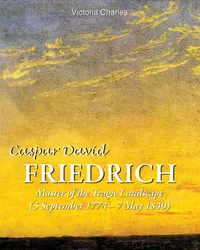
Caspar David Friedrich. Master of the tragic landscape (5 September 1774 – 7 May 1840)
Victoria Charles
book
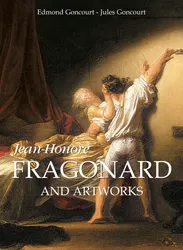
Jean-Honoré Fragonard and artworks
Edmond de Goncourt, Jules de Goncourt
book
Vigée-Lebrun et œuvres d'art
Elisabeth Vigée-Lebrun
book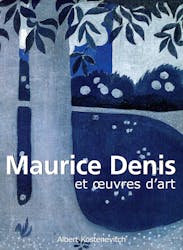
Maurice Denis et œuvres d'art
Albert Kostenevitch
book
Nicolas Poussin et œuvres d'art
Youri Zotolov, Natalia Serebriannaïa
book
Las Aves de Audubon
John James Audubon
book
Las Aves de Audubon
John James Audubon
book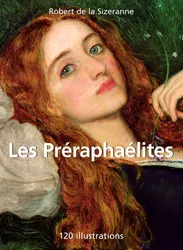
Les Préraphaélites 120 illustrations
Robert de la Sizeranne
book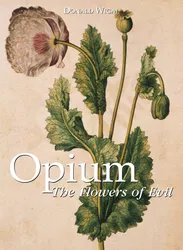
Opium. The Flowers of Evil
Donald Wigal
book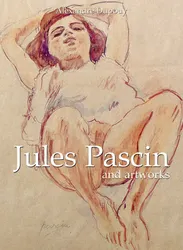
Jules Pascin and artworks
Alexandre Dupouy
book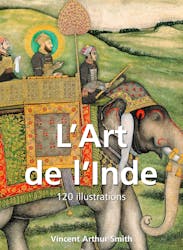
L’Art de l’Inde 120 illustrations
Vincent Arthur Smith
book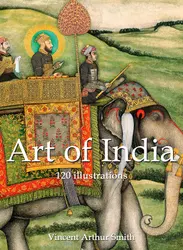
Art of India 120 illustrations
Vincent Arthur Smith
book
Pre-Raphaelites 120 illustrations
Robert de la Sizeranne
book
